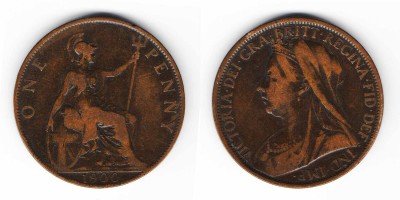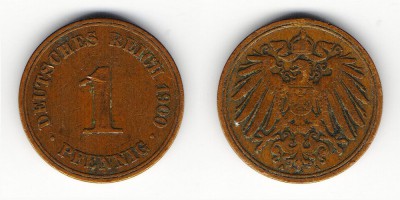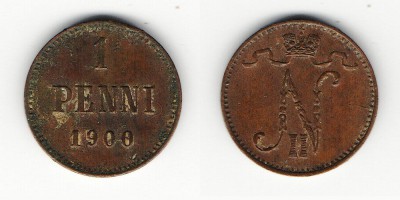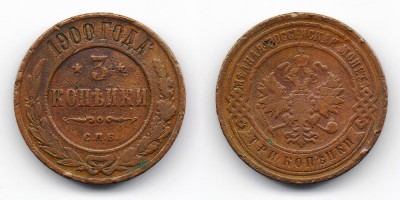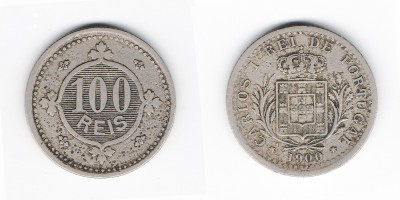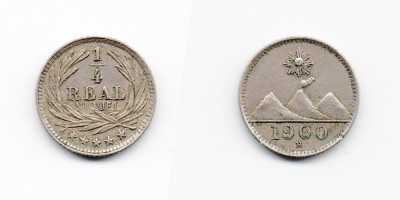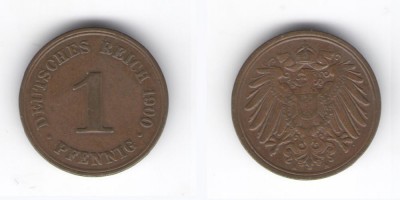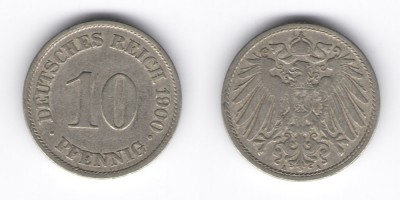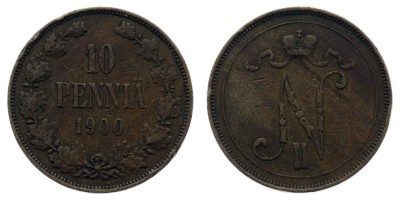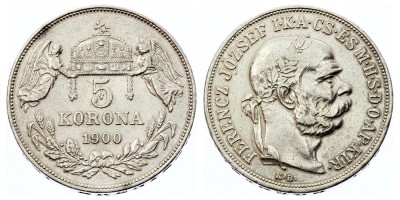The year 1900 is quite important in the monetary history of the world. This is the beginning of a new century, which brought with it many changes.
Most of all they were manifested in America, where at that moment there was a transition from a bimetallic standard to a gold one. At about the same time, a new fixed gold content in the dollar was introduced, which was equal to 1.5 grams. Therefore, if earlier currency exchange for gold and silver was available, then from 1900 a fixed equivalent of a dollar in gold was introduced - 1.67 grams. As for other countries, only minor changes can be noted here. In Russia:
1. Created new profiles of Nicholas II, which were printed until 1911.
2. An extremely small circulation of gold five rubles in the amount of only 31 thousand coins was issued. For comparison, in 1910, 200 thousand of such coins were issued.
3. A small circulation of copper three kopecks was issued, so their value is much higher than other copper coins this year.
In France, 1900 put the start to replace the gold of Napoleon in everyday life. All coins of 10 francs, issued before 1848, were seized. Today, these coins are quite valuable, because finding them is not easy.
Also in 1900, the Austro-Hungarian monetary reform moved to the next stage. Past coins were devalued: guilder and kreutser. All financial transactions were performed using the krone, which began to be produced in 1892.
Interesting fact: there is a rare coin of 1900 engraved with Sigismund III. However, he reigned three centuries before. The reason for the existence of such an engraving is simple - in 1600 someone mixed up the numbers 6 and 9 on a batch of coins, due to which a similar marriage appeared.
Showing 1 to 11 of 11 (1 Pages)
 Russian
Russian English
English Deutsch
Deutsch Spanish
Spanish Português
Português


